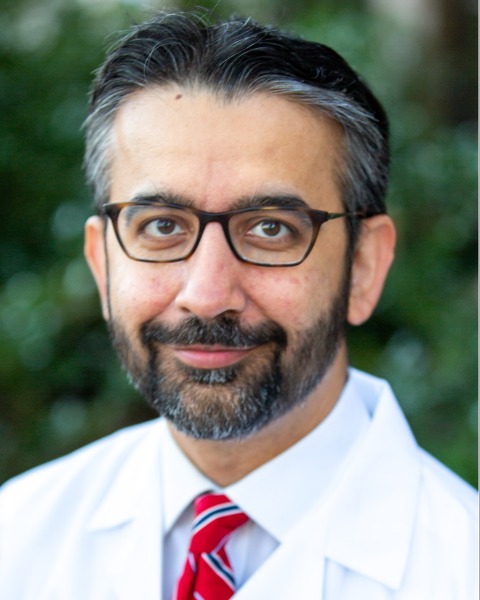Nonvascular Interventions
Evaluating Percutaneous Transhepatic Biliary Drainage (PTBD) factors associated with better outcomes in the treatment of Post-Surgical Benign Biliary Strictures

Muhammad Mohid Tahir, MD (he/him/his)
Postdoctoral Research Fellow
Beth Israel Deaconess Medical CenterDisclosure(s): No financial relationships to disclose
- SS
Sarah Schroeppel DeBacker, MD
Interventional Radiologist
Beth Israel Deaconess Medical Center 
Seth Berkowitz, MD
Interventional Radiologist
Beth Israel Deaconess Medical Center
Jeffrey Weinstein, MD, FSIR
Assistant Professor of Radiology
Beth Israel Deaconess Medical Center- MA
Muneeb Ahmed, MD, FSIR
Professor of Radiology
Beth Israel Deaconess Medical Center/Harvard 
Ammar Sarwar, MD FSIR (he/him/his)
Associate Professor of Radiology
Beth Israel Deaconess Medical Center
Presenting Author(s)
Author/Co-author(s)
To report outcomes of post-surgical benign biliary strictures treated with percutaneous transhepatic biliary drainage (PTBD) and balloon dilation.
Materials and Methods:
Patients with a history of surgery and who developed a benign biliary stricture were included in this retrospective, IRB approved study (n=44). Patients having biliary leaks, or with complete occlusion of the bile duct due to surgical clips were excluded (n=28). Drain size, type (internal-external or external), balloon dilation, and type and size of balloon used was evaluated for all biliary procedures. These characteristics were compared between patients needing (n=8) and not needing (n=36) surgical revision. Continuous variables are reported as median (IQR) and compared with Wilcoxon rank sum test, categorical variables as numbers with percentages and compared using chi-square test.
Results:
Patients were 59 (42-67) years old with 67% being female. Hepaticojejunostomy was the most common surgery (30%) followed by roux-en-Y gastric bypass (16%), pancreaticoduodenectomy (14%), transplant (14%), Bilroth II (9%), cholecystectomy (7%) and others (9%). Duct to enteric anastomosis was present in 52%, duct to duct in 11% and no anastomosis in 36%. Prior non-PTBD interventions included ERCP dilation and stent placement in 9 (20%) and failed ERCP in 10 (23%) patients. The first PTBD was done 28 (6-98) months after surgery, with a drain size of > 10F in 20 (45%) and < 10F in 24 (55%) patients. The drain was internal-external in 41 (93%) patients. Patients underwent a total of 4 (3-8) procedures before drain removal, with drain upsizing performed in 23 (52%) patients, leading to a largest drain size of < 8F in 10 (23%), 10F in 17 (39%), 12F in 14 (32%) and > 14F in 3 (6%) patients. Balloon dilation was performed in 40 (91%) patients, with the largest balloon size being < 8mm in 13 (30%), 10 mm in 20 (45%), 12 mm in 6 (14%), and 14 mm in 1 (2%) patients. A cutting balloon was used in 19 (43%) patients. Surgical revision was needed in 8 (18%) patients, with a repeat PTBD performed in 5 (11%) patients. The rate of surgical revision was lower in patients who received a largest drain of > 10F (12%) compared to those who received a largest drain of < 10F (40%, p = 0.042). The rate of surgical revision was 7.4% in patients who were dilated with a balloon of > 10 mm compared to 30.7% in those who were dilated with a balloon of < 10mm (p = 0.053). The median drain-free survival was 41 (11-57) months for the entire cohort.
Conclusion:
Post surgical benign biliary strictures treated with PTBD with a drain of > 10F and dilated with a balloon of > 10 mm are less likely to need surgical revision.

.png)
.jpg)
.jpg)
.png)
.png)
.png)
.png)
.png)
.jpg)